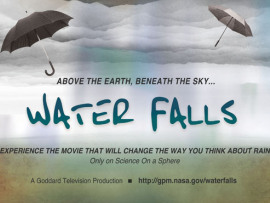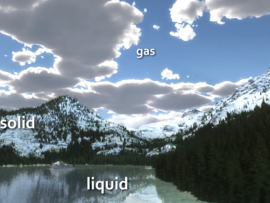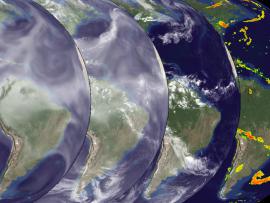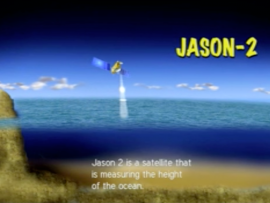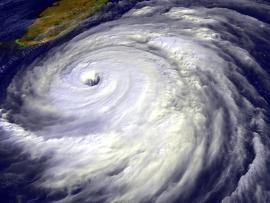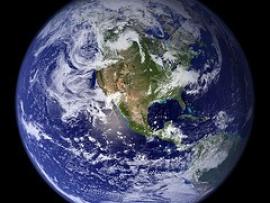Search
Primary tabs
Search
Your search for "weather" gave back 165 results.
Primary Topic:
Type:
Summary:
Learn about "Water Falls', the exciting new Science on a Sphere film that tells the story of GPM and the importance of freshwater. Premiering October 2013.
Primary Topic:
Subtopics:
Type:
Keywords:
Summary:
A video describing how the GPM constellation turns observed radiances and reflectivities of global precipitation into data products.
Primary Topic:
Subtopics:
Type:
Standards:
Keywords:
Summary:
A downloadable PDF lesson plan which explores Earth's energy cycle.
Primary Topic:
Subtopics:
Type:
Keywords:
Summary:
This animation uses Earth science data from a variety of sensors on NASA Earth observing satellites as well as cartoons to describe Earth's water cycle and the continuous movement of water on, above and below the surface of the Earth.
Primary Topic:
Subtopics:
Type:
Keywords:
Summary:
Explore how water droplets form and fall from the sky in part three of the water cycle series. Watch how water vapor moves through the atmosphere and returns to Earth as rain and snow.
Primary Topic:
Subtopics:
Type:
Keywords:
Summary:
View the latest data on the vital signs of the planet, including arctic sea ice levels, carbon dioxide, sea levels, global temperature and land ice.
Primary Topic:
Subtopics:
Type:
Summary:
Learn how the satellite, Jason 2, is able to use radar waves to determine the height of sea levels and evaluate the effects of global warming.
Primary Topic:
Subtopics:
Type:
Standards:
Keywords:
Summary:
In this engineering design challenge, students build a tower to resist a simulated hurricane.
Primary Topic:
Subtopics:
Type:
Standards:
Keywords:
Summary:
This Speaker ToolKit has been designed to allow presenters (scientists, engineers, etc.) to easily present to an elementary and/or middle school audience about the water cycle.
Primary Topic:
Subtopics:
Type:
Summary:
This interactive lesson will allow you to explore Earth’s freshwater resources. You will learn how NASA's Global Precipitation Measurement mission is helping us better understand our most valuable natural resource.


